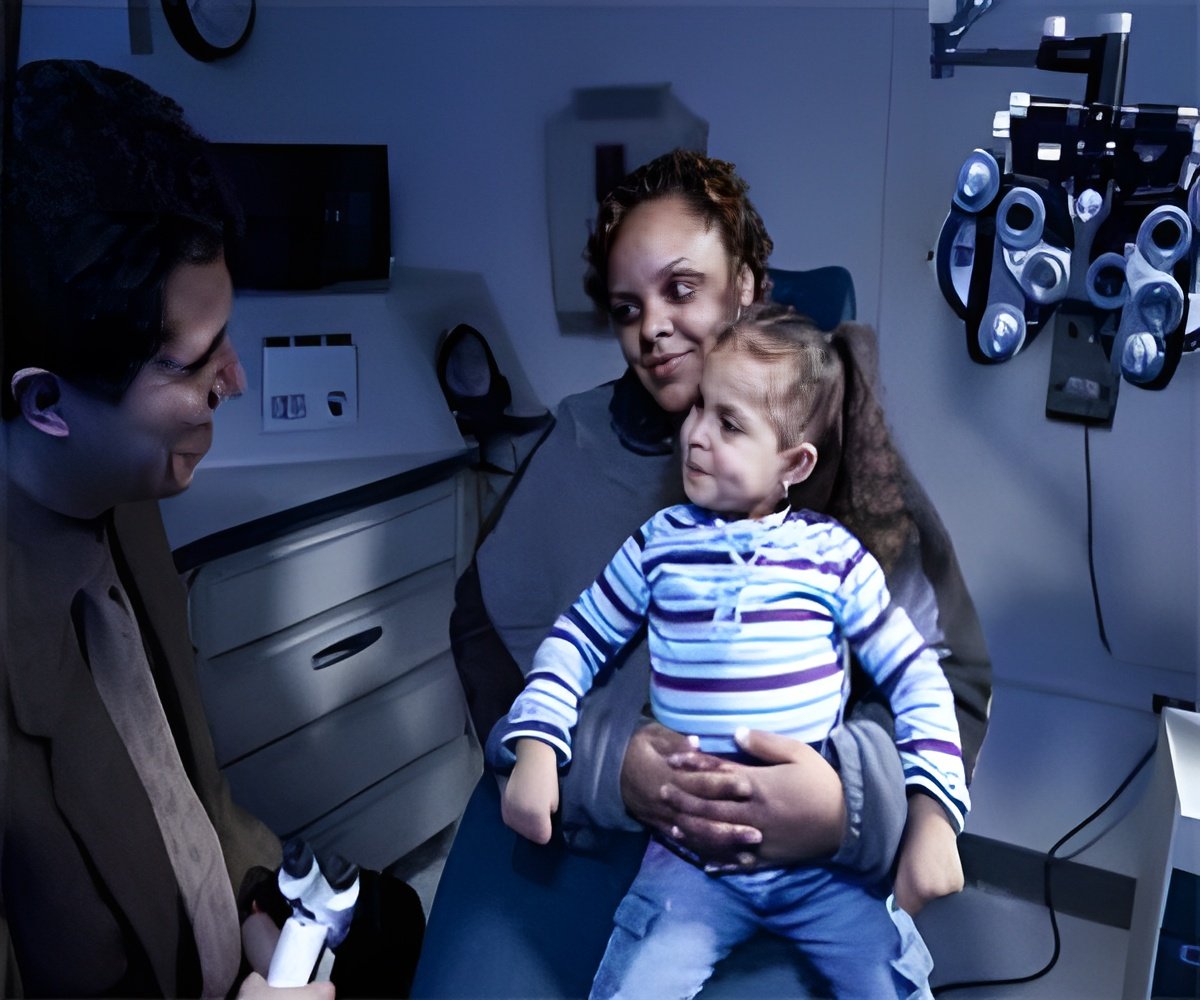A new study has revealed how genetic defects impact the spectrum of vision development and cause troubles in developing babies’ eyes.

‘Arrested development of the fovea, or foveal hypoplasia, is rare, and is often caused by genetic changes.’





The fovea is part of the retina at the back of the human eye, and is the structure responsible for sharp, central vision. This lifelong condition can have serious consequences and can affect the individual’s ability to read, drive and complete other daily tasks. There are currently no treatments available for this condition. Most often, during infancy, one of the first visible signs of a foveal problem is ‘wobbly eyes’. This is often seen in the first six months of life. There are large gaps in our knowledge about which genes control the development of the fovea and at what time points during development this occurs.
Now, in a study published in the journal Ophthalmology combining data from more than 900 cases across the world, researchers have been able to identify the spectrum of genetic changes behind these foveal defects and – crucially – at which point they occur in the development of the unborn baby.
Dr Helen Kuht is a research orthoptist and Wellcome Trust post-doctoral fellow within the Ulverscroft Eye Unit at the University of Leicester, and first author for the study. She said:
“This research has really helped to solve the puzzle of why some babies with these genetic changes present with varying severity of foveal hypoplasia. Thus allowing us to diagnose, predict future vision and help prioritise genetic testing, subsequent counselling, and support.”
Advertisement
“Most previous studies in this area have been limited to one or two centres making it difficult to draw meaningful conclusions in rare disorders like foveal hypoplasia. With this study we were able to combine datasets from large collaborative centres across the globe.
Advertisement
Arrested development of the fovea is detected using a special camera, called optical coherence tomography (OCT), that can scan the back of the eye. Researchers used OCT scans to identify the location of the fovea, a small pit measuring approximately 2mm in diameter.
These scans were then analysed to categorize the severity of each individual case using the Leicester Grading System and compared with genetic markers to identify the genes associated with varying severities of the condition.
Identifying these relationships between genetic defects and the degree of arrested foveal development is the first step in building possible future treatments for individuals with foveal hypoplasia.
Leicester established the Foveal Development Investigators Group (FDIG) in 2020, bringing together expertise in foveal developmental research spanning 11 countries. These include centres in the UK, South Korea, Denmark, Netherlands, USA, China, France, Australia, Germany, Brazil and India.
Dr Brian Brooks is a Senior Investigator at the National Eye Institute in the USA, branch chief for ophthalmic genetics and visual function, and co-author for this study. He added:
“Dr Kuht and Dr Thomas have assembled the world’s largest consortium of investigators interested in causes of foveal hypoplasia. Their work represents the best cross-sectional data we have on the genetics of this condition to date.”
‘Genotypic and Phenotypic Spectrum of Foveal Hypoplasia: A Multi-centre Study’ is published in Ophthalmology.
The study was funded by the UK Medical Research Council, Fight for Sight, Nystagmus Network, Ulverscroft Foundation, Wellcome Trust, Korea Centers for Diseases Control and Prevention, the National Research Foundation of Korea.
Source-Eurekalert











